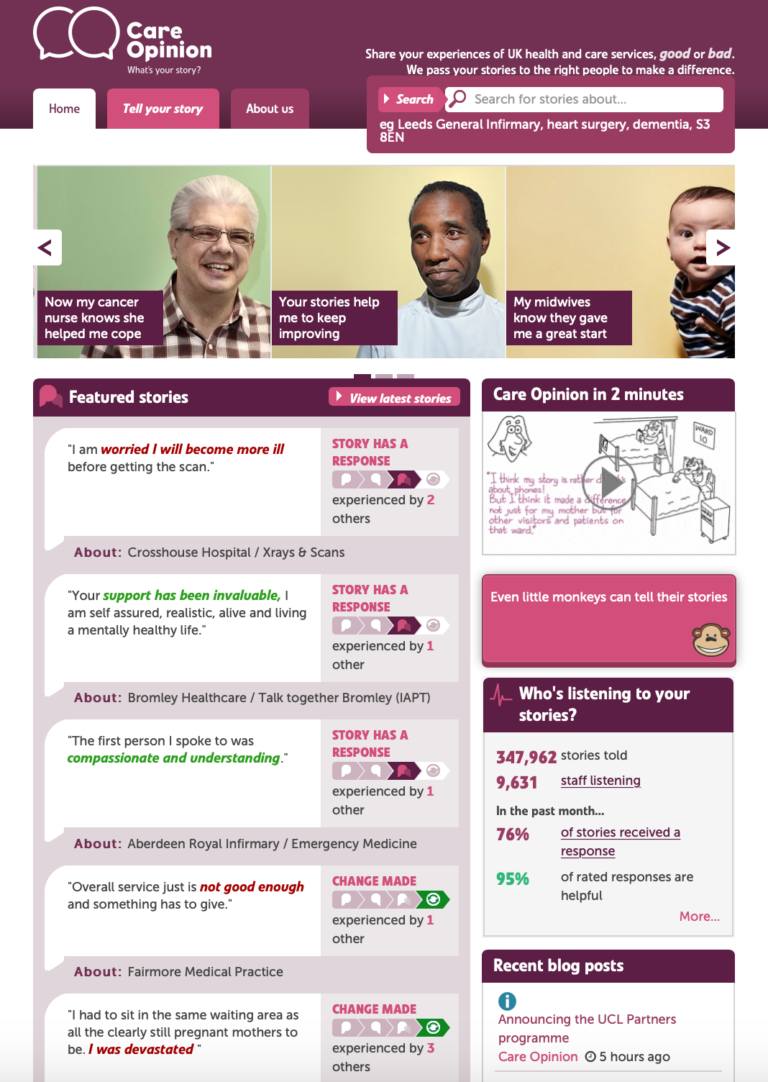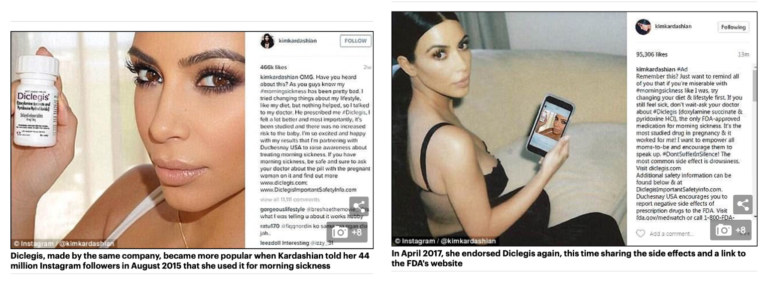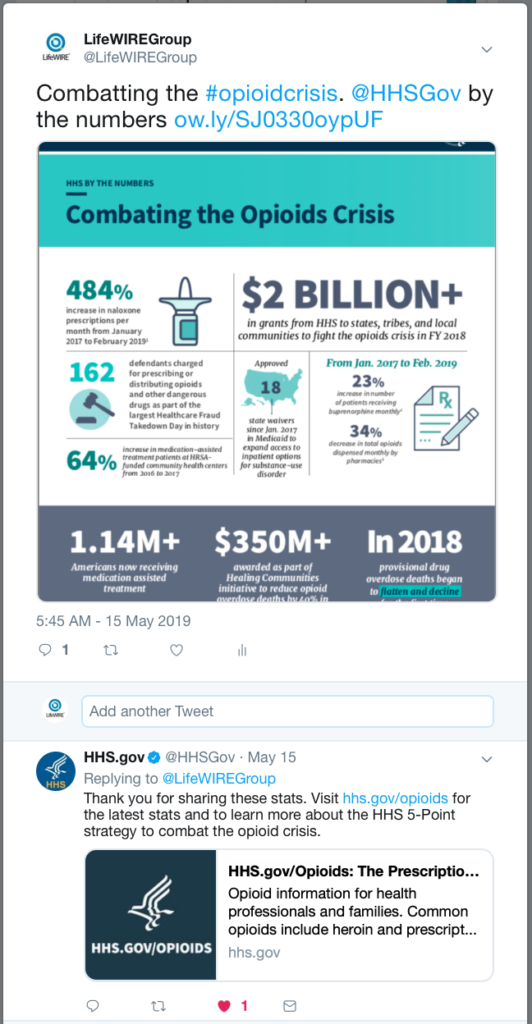How to Build an Online Community in the Healthcare Industry

When you think about how to build a community in the healthcare industry and reduce the divide between medical and social circles, healthcare is the obvious connector.
Social engagement happens in medical circles of health care providers, researchers, and patients, just as medical talks also happen in social circles.
This interplay happens because healthcare affects everyone.
Doctors don’t just talk among themselves in medical abstracts; they tweet, tag, and like or comment on each other’s posts.
Additionally, medical opinions and health perspectives are not confined to journals – they, too, are built around hashtag campaigns. Patient or public partnerships are now the way forward for medical research and cohort studies.
A study on The Emerging World of Online Health Communities showed that social outcomes sit alongside and sometimes above clinical ones. Where health care has a low tolerance of failure due to the consequences that can follow, online health communities thrive on stories of what went wrong and how people battled the system.
Stanford Social Innovation Review
But most communities fail – 75% of them, according to Gartner (here’s 6 reasons why your community may be failing and what you can do about it).
So, how do you begin those conversations online, let alone build communities to converge in those conversations?
Here are 5 ways:
Listen and Engage with Your Audience
Health talk is everywhere, and the vast majority is online, where they seek solutions and community support for health-related concerns:
- online forums
- health blogs
- educational platforms
- social media
To stay relevant and reach these audiences, the healthcare industry needs to meet consumers where they are: social media.
Use the communicative power on social networks to raise awareness and counter misinformation, provide patient support, and for public health monitoring.
As you listen in, engage to understand your audience and what they are talking about so you can use the insights in developing your strategy.
A good example of an online health community that made health-related feedback and shared stories the core of its existence is Care Opinion. Formerly Patient Opinion, it’s a UK-based online platform to share experiences of health and care services in the UK, good or bad.
It also bridges those shared experiences to the right people who can help. Health and care providers have used this channel to connect with patients, address their concerns, and improve their services for a better patient experience.

Use Healthcare Influencers
Healthcare Influencers offer unique insights led by their own experience and lend credibility to their name.
They have the ability to reach your target audience, engage them for you, and spread your message.
Influencers have a community of followers to help you build your community from within. There is a macro-influencer with a huge social following. But there are also micro-influencers with a niche audience, not a fan base.
Therefore, they are closest to the prospective customers and impact their decision-making process.
But there is a caveat – endorsements should adhere to the Food and Drug Administration (FDA) rules on advertising and comply with Health Insurance Portability and Accountability (HIPAA).
Influencers are not exempt from rules even when they operate in the free-wheeling space of social media, especially on health information, and should pay particularly close attention to messaging for any drug advertising via social media.
This is a lesson Diclegis (Diclectin in Canada), an anti-nausea pregnancy (NVP) drug, learned when they used a celebrity macro-influencer to promote the medicine without communicating any associated risk information.
This resulted in an FDA warning to the maker of the drug, Duchesnay USA.
Celebrity and reality star Kim Kardashian had to delete her original Instagram post endorsing the anti-morning sickness pill. The paid endorsement received 464,000 likes.
Kardashian had to post an updated message, including the side effects and links to the FDA website.

Building a Community Through Thought Leadership
One of the problems of the open-source web is the abundance of misleading and dangerous content.
Healthcare companies can rise above this noise by being thought leaders, providing insights, sharing medical information, and answering patient questions.
By building trust with your target audience, you can raise awareness, counter misinformation, and clarify misconceptions.
Claiming to be the “Authentic Voice of Healthcare,” is the founder of a primary care clinic in Downtown Las Vegas, Internist Dr. Zubin Damania, or ZDoggMD. He has a bolder take on thought leadership but in a lighter way.
He takes strong positions on relevant medical and health-related issues in video commentaries, using medical humor, healthcare satire, parody music videos, and witty and amusing social media posts.
He has 1.4M followers on Facebook, 44.8K on Twitter, 147,981 YouTube subscribers, and 234K Instagram followers.
His music videos are always a hit. Taking on the opioid crisis issue, for example, he made a parody music video of Justin Bieber’s “Love Yourself” with his version, “Treat Yourself,” an ode to those who are suffering due to opioids.
Create Useful Content
To patients, clinicians, researchers, and academicians, the Internet is one of the first go-to information resources. Build your community around valuable, digestible content that educates your audience.
Well-timed informational posts and patient stories through video or other creative formats are easy magnets for followers. Multimedia content helps reach a wider audience.
Infographics, “how-tos,” interactive quizzes, health tips, and “did you know?”-type trivia are content styles that can attract a large audience.
Inspirational content also motivates and sparks much-needed hope, especially content related to malignant diseases. Success stories that inspire usually get shared most, increasing awareness of your brand and your name.
Cleveland Clinic knows how to attract followers by pulling at heartstrings with inspiring stories about real patients on Instagram.
They also feature posts with shocking facts about health, fat-freezing tips, motivation to exercise, posture, weight loss, and more.

Bridge and Connect Them to Resources
Referrals are very much part of the dynamics in the healthcare and medical industry. When you bridge your audience to resources of information or services, this will build your reputation as a go-to source of information.
But the work doesn’t end with a helpful recommendation – you need to engage your audience, make suggestions, and initiate productive conversations between patients, doctors, industry leaders, health technologists, innovators, or policymakers.
LifeWIRE, a health technology platform for patient engagement, shares curated content related to anesthesiology, Post-Traumatic Stress Disorder (PTSD), and the opioid crisis.
It uses and cites multiple scholarly articles in medical journals and has quoted and featured doctors in its blog posts and white papers.
The U.S. Department of Health & Human Services (HHS) thanked @LifeWIREGroup for sharing their infographic on the government’s efforts in combating the opioid crisis.

Online communities are built on trust, but they thrive on engagement. Your organization and its audience can only be a community if you foster communication and genuine connection.
Looking to build your online community in the healthcare industry?
BONDAi is a one-of-a-kind solution combining technology and “the human touch” to build exceptional relationships with clients, prospects, partners, and employees.